Dedication of the Washington Monument
On February 21, 1885, the Washington Monument was dedicated, 37 years after its cornerstone was laid.
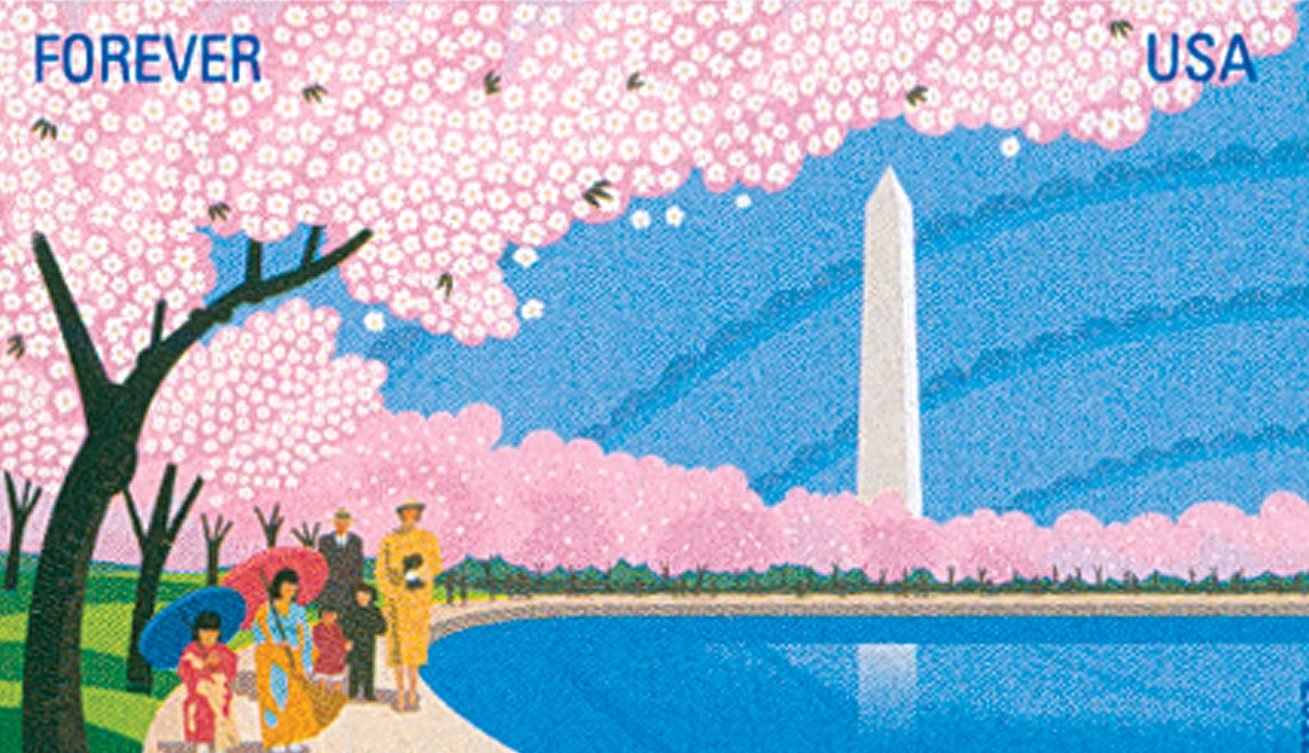
On February 21, 1885, the Washington Monument was dedicated, 37 years after its cornerstone was laid.
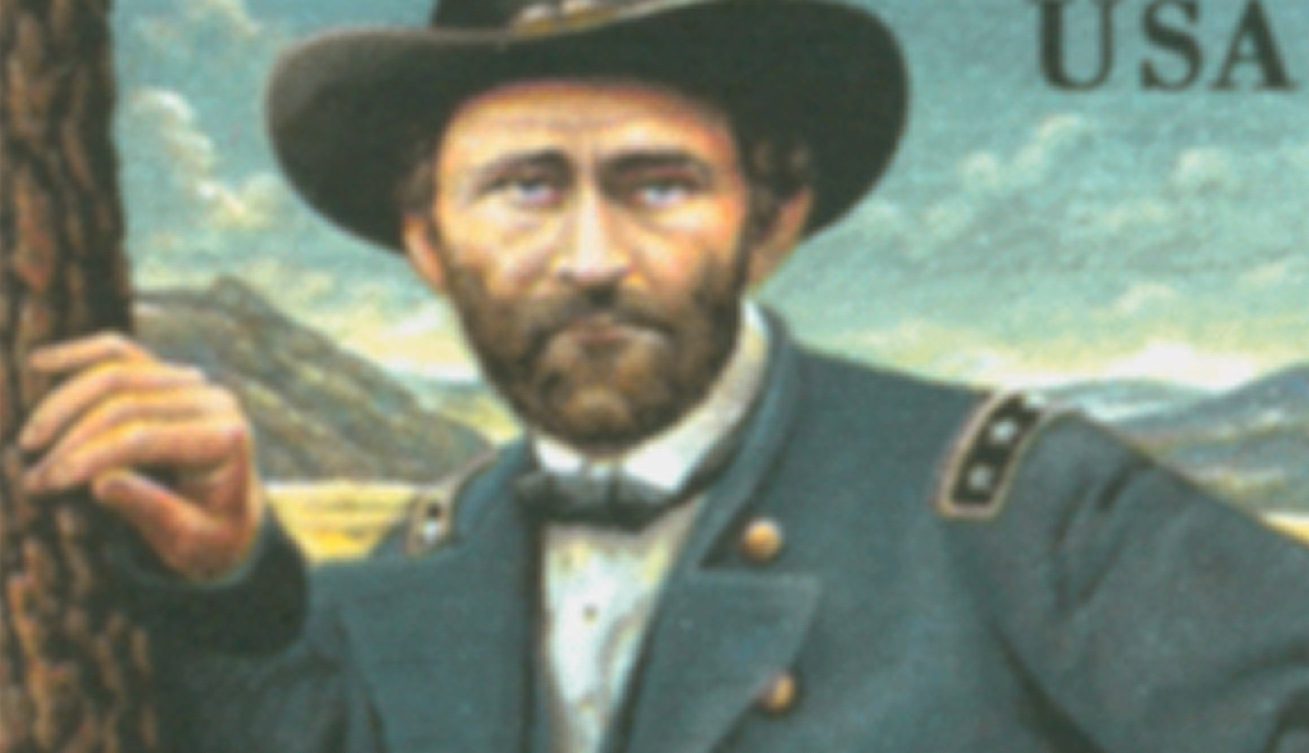
On February 16, 1862, Ulysses S. Grant scored an important and morale-boosting victory at the Battle of Fort Donelson. Grant captured more soldiers in that one battle than all American generals combined up to that time.
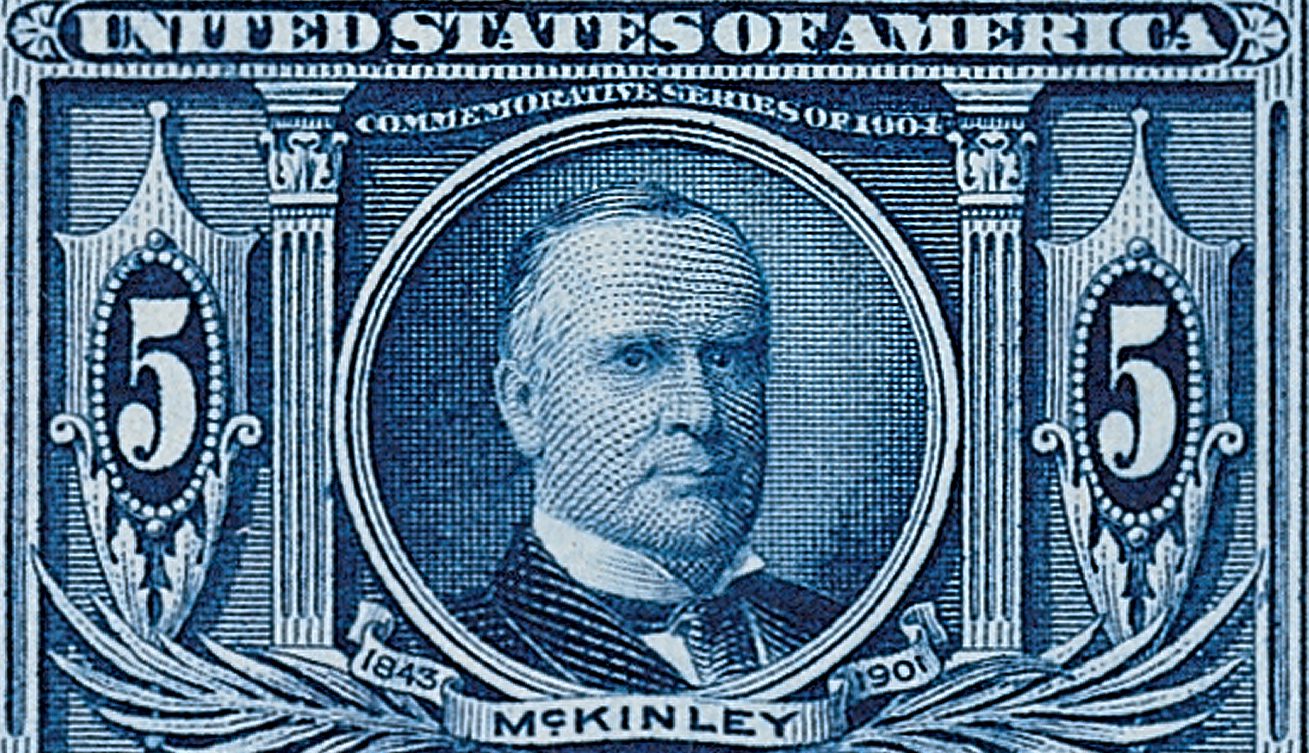
William McKinley Jr. was born on January 29, 1843, in Niles, Ohio. As America’s 25th president, he guided the country during the Spanish-American War, expanded our overseas territories, and promoted rapid economic growth.
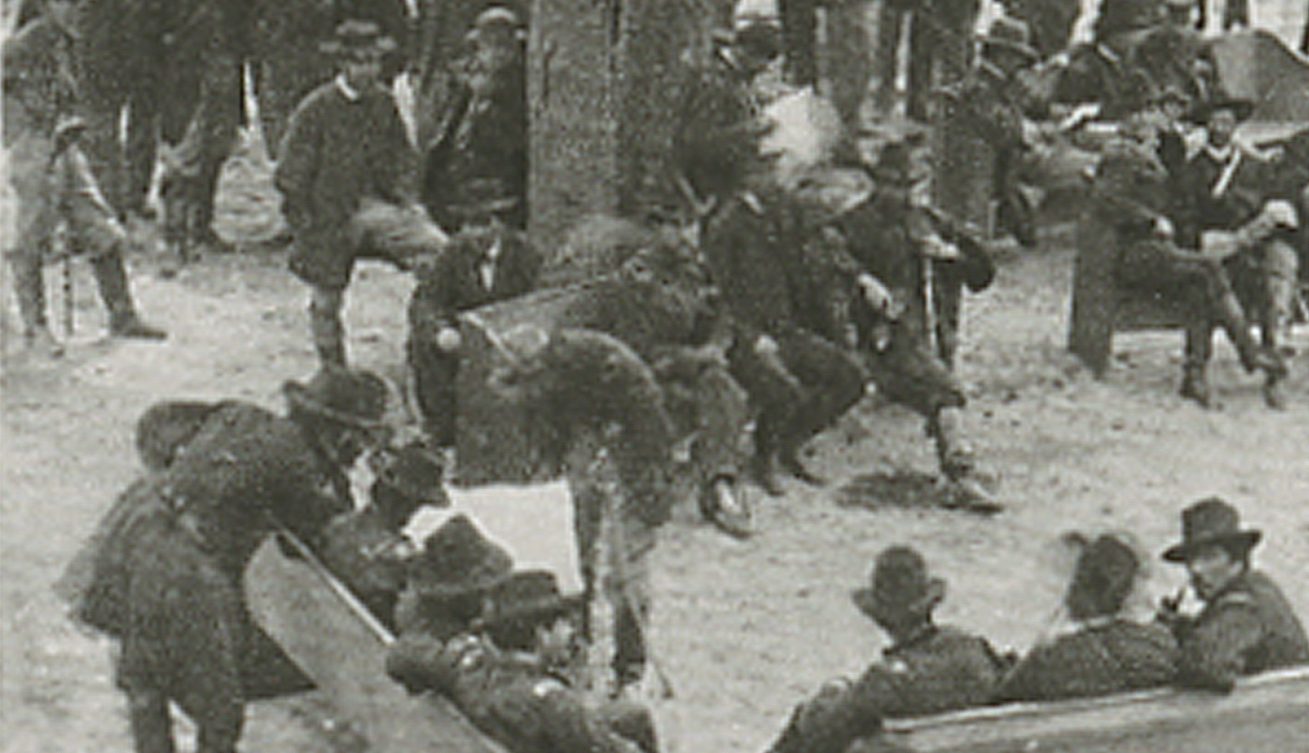
Timothy H. O’Sullivan died from tuberculosis on January 14, 1882. He was a well-known photographer who captured the brutality of the Civil War and the untamed beauty of the Western United States.
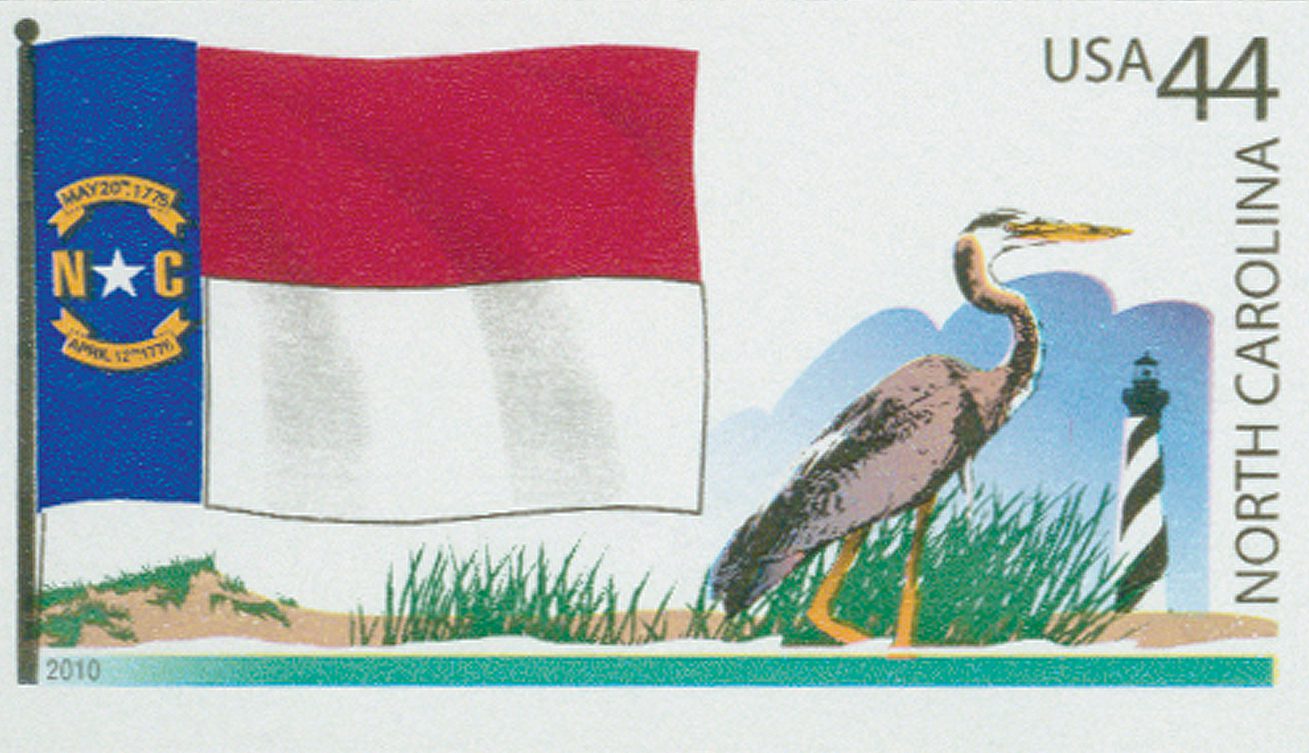
On January 13, 1865, Union forces launched the Second Battle of Fort Fisher. The fort, dubbed the “Gibraltar of the Confederacy,” was the largest in the South and key to Confederate international trade.
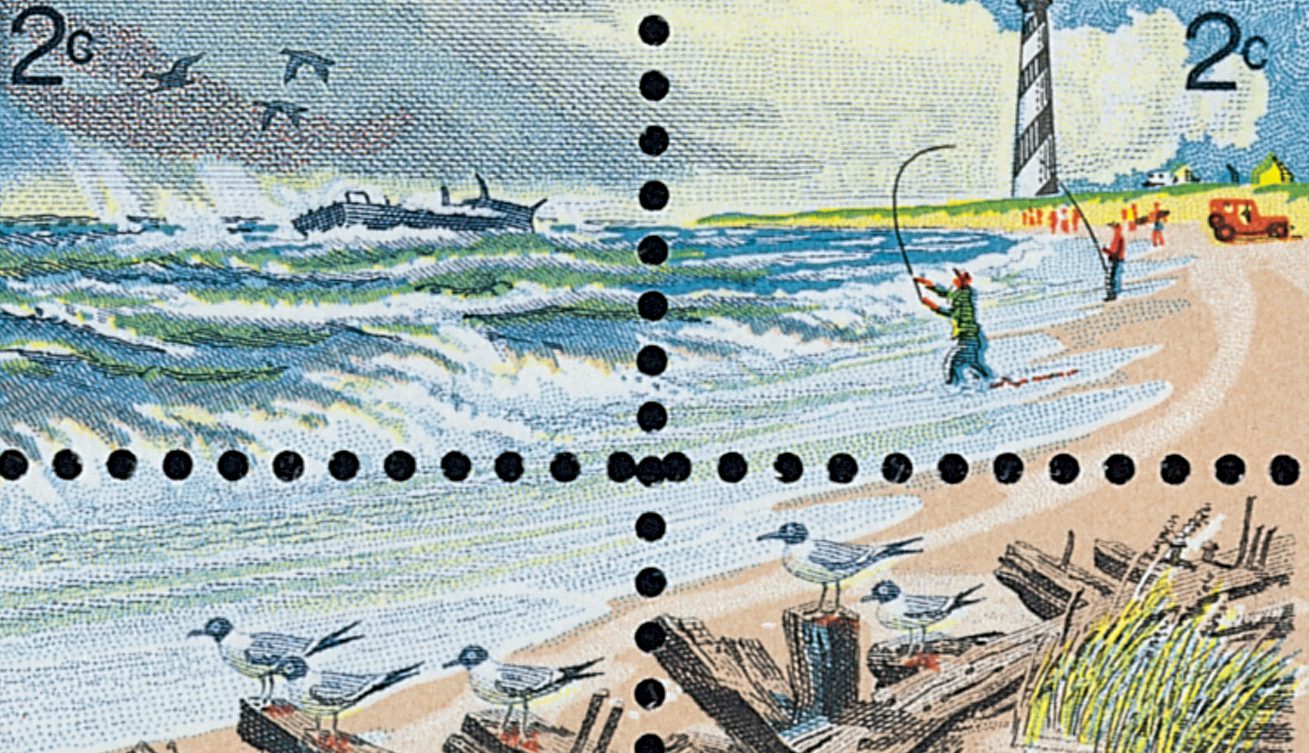
On January 12, 1953, Cape Hatteras became America’s first national seashore. Stretched over 70 miles of barrier islands, this seashore is a fascinating combination of natural and cultural resources.
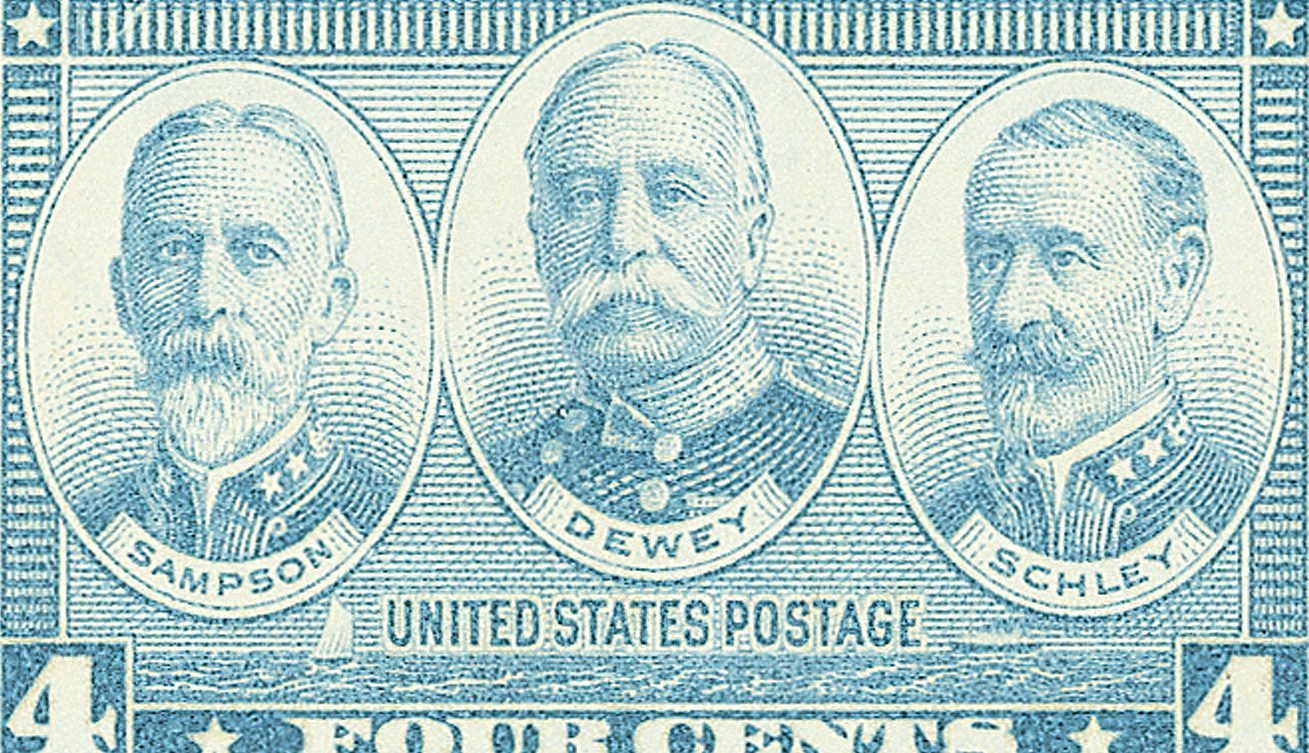
George Dewey was born in Montpelier, Vermont, on December 26, 1837. A hero of the Civil War and Spanish-American War, he was the first, and to date only, person promoted to Admiral of the Navy.
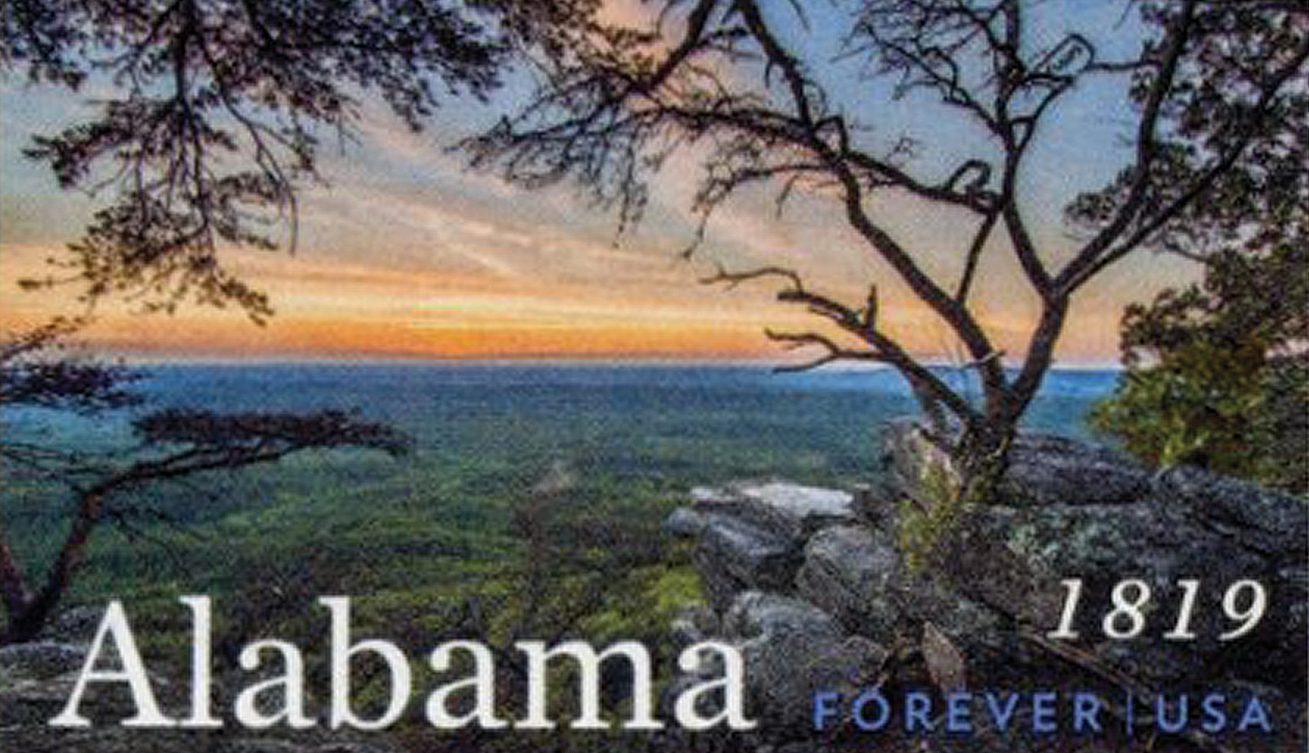
On December 14, 1819, Alabama was admitted to the Union as the 22nd state.
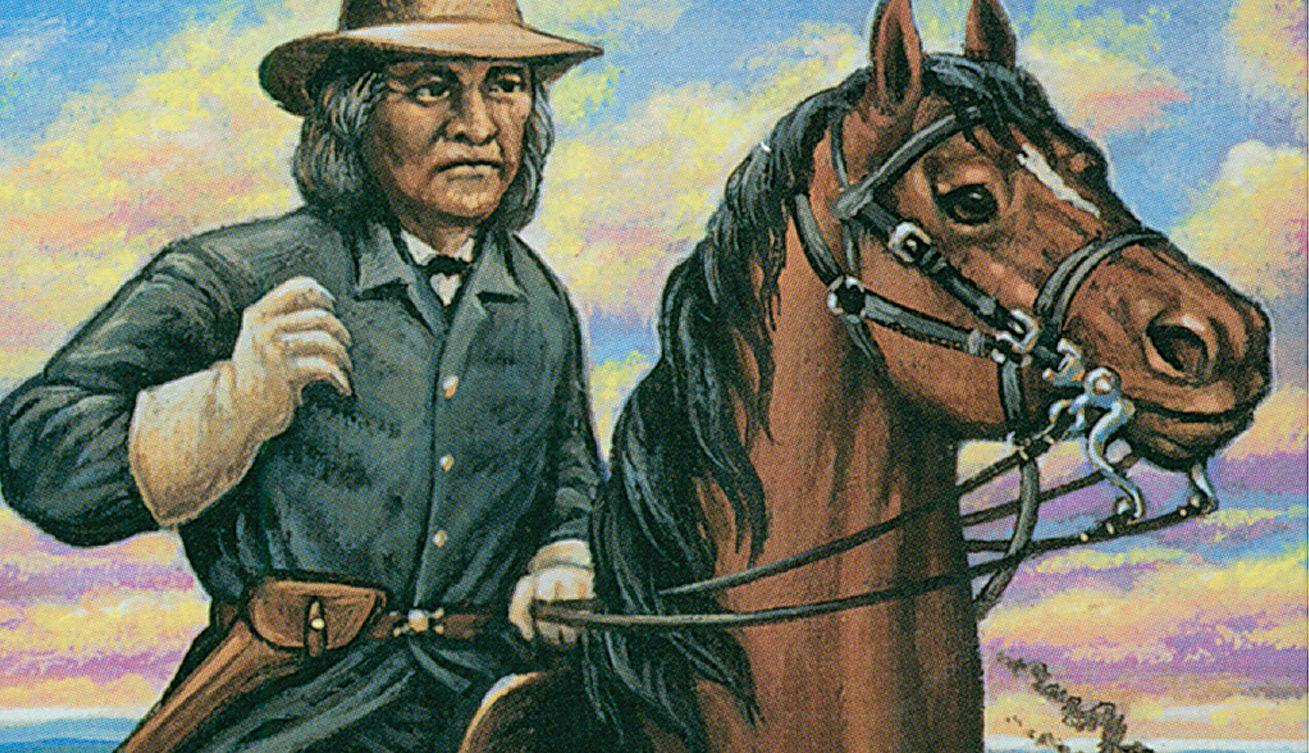
Stand Watie was born on December 12, 1806, in Oothcaloga, Cherokee Nation (present-day Calhoun, Georgia). Watie was the only Native American to achieve the rank of general during the Civil War and was the last Confederate general to surrender.